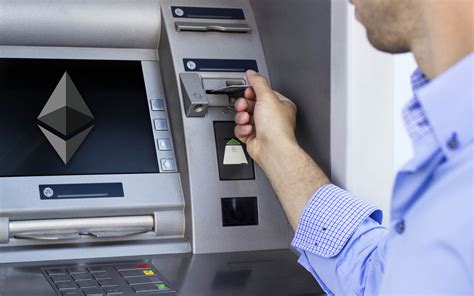I can help you write an article about why Bitcoin sends the “change” to another address.
Title: The secret of Bitcoins “Change”: Understanding why Bitcoin sends the transaction fee to another address
Introduction:

Bitcoin is a decentralized digital currency with which users can send and receive transactions without the need for intermediaries such as banks. One of the key features that make Bitcoin unique is the concept of transaction fees, which are also called “change”. In this article we will examine why Bitcoin sends the transaction fee to another address compared to the address of the original sender.
The basics:
If a user wants to send bitcoins to another user’s address in the Bitcoin network, he creates a new transaction and contains two parameters: the address of the sender (also as a “from” address) and the address of the recipient (also as “to” “referred to as” to “address). The transaction is then transferred to the network, where it is verified by nodes and added to the blockchain.
The transaction fee:
In addition to sending bitcoins, users also pay a transaction fee to process their transactions. This fee is used to drive nodes in the Bitcoin network to validate the transaction and add to the blockchain. The transaction fee is determined by the block reward system, which is intended to encourage miner (software that solves complex mathematical problems) to participate in the validation of new blocks.
Why send a transaction fee to another address?
Why does Bitcoin send the transaction fee to another address compared to the address of the original sender? The answer lies in the way nodes on the Bitcoin network transactions and they verify them based on the blockchain.
When a user sends bitcoins from one address to another, he actually creates several transactions. Each of these transactions requires a separate “change” (transaction fee) to be included in the transaction. Due to a complex process, which is referred to as “expenses”, some of these changes can be lost or relocated during the mining process.
Expenses:
The expenditure mechanism is designed in such a way that the change that is lost during the mining process. For this purpose, nodes use complex algorithms on the Bitcoin network to identify and group several transactions with a single change (transaction fee). These groups are then used to create a “change” part of the transaction.
The result:
If a user wants to send bitcoins from one address to another, he can include the address of the original sender as “from “ade, but also indicate that the change in the group of transactions should be included. The change is then sent to the address “too”, which is the recipient’s address.
Diploma:
In summary, Bitcoin sends its transaction fee (change) to another address compared to the address of the original sender due to the complex expenditure process and mining. This ensures that the transaction fee is appropriately assigned and can be used to make nodes in the Bitcoin network to participate in the validation of new blocks.
I hope this article will help you understand why Bitcoin sends its transaction fees to another address. Let me know if you have any questions or need further clarification!
